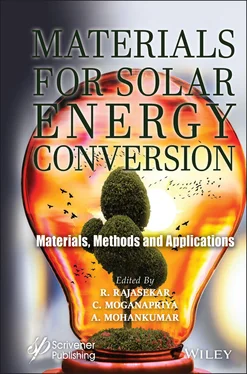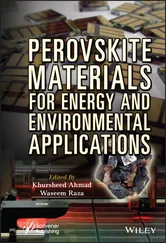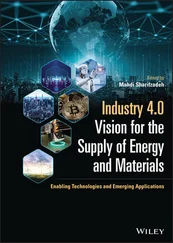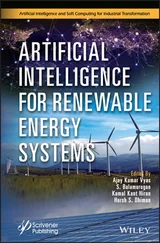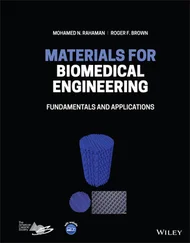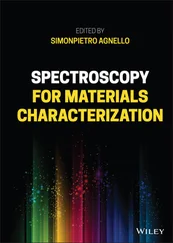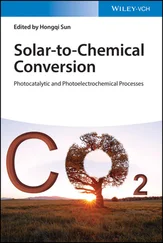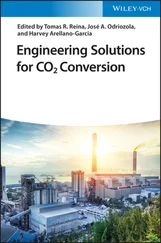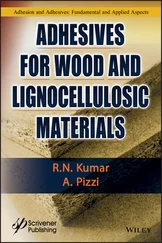Figure 1.10describes the unfired boiler systems; this type of system is simpler than the previous described systems. However, pressure is quite less in this design.
In our human life, food plays a predominant role followed by air and water. The main objective of introducing solar dryer arrangement is to prevent foods from high moisture content and also some insects, and dust may affects the products [1]. The moisture may be destroyed food products over a period of time without appropriate preservation made to it. In order to eliminate these challenges, solar energy is used to dry the food crops in a proper solar dryer at optimal moisture content and ensure the availability in it for the requirements [11]. Solar drying has the following benefits:
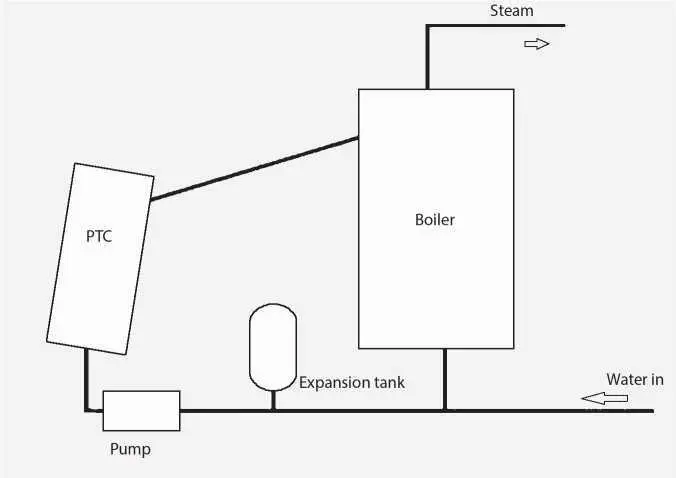
Figure 1.10 Unfired boiler [1].
✓ Longer period of storage
✓ Yield good profit
✓ Because of well dried product, no chance of forming fungus
✓ Easy handling and transportation
✓ Obtained better quality crops to market [1]
In a conventional system, fossil fuels are burned to generate heat [23], but in solar drying method, radiation comes into act. Solar dryers are classified into two different ways, i.e., depends on the air flow passage into systems that are natural circulation and forced circulation
1.9.1 Natural Circulation Methods
Solar energy is naturally available in the atmosphere which helps to natural dryer type. Especially in developing countries, this type of technology has been utilized for agricultural field. Further, this method split into two groups such as open to sun drying method and direct solar energy crop drying method [1].
Open to Sun Drying Method
A solar radiation incidents on the spread crop surface initially and then few amount of solar radiation is refused to absorb and rest energy is captured by crop products that depends on color. Thermal energy is formed from captured solar energy and there is a risen of crop temperature, and then, due to this continuous process, moisture content will be eliminated in the form of evaporation loss. At last, food products become well dried and ready to market. The schematic diagram of open to sun drying type is shows in Figure 1.11.
Benefits:
✓ Tropical climatic countries approach this type of drying easily
✓ Minimal initial cost
✓ No need of skilled labor
✓ Maintenance is low
Disadvantages:
✓ Heating process is slow.
✓ Food products may be affected by insects, birds, dust, and some microorganisms.
✓ Due to irregular climatic changes like as rain and cloudy, product quality and efficiency varied.
✓ Sometimes color of the products also changed due to excess or scarcity of proper drying.
Direct Solar Energy Crop Drying Method
In this method, the components consist of transparent glass cover and trays placed inside the solar dryer module. Incident radiation falls on the transparent cover, few amount of solar energy is reflected again back to environment, and the remaining entered inside the dryer. Then, crops absorbed the transmitted radiation and temperature of the product gets increased but emitting radiation from crop is not permit to move away from chamber to environment due to covered crops. Provision is given for escaping of air after dried crop at top of the system schematic. Figure 1.12shows direct solar energy crop drying type.
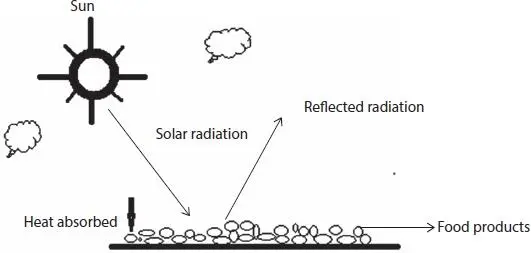
Figure 1.11 Open to solar drying system method.
Advantages:
✓ Needs small space for drying
✓ Efficiency is higher
✓ Prevention from micro-organisms and other foreign particles
✓ Easy available in market
✓ Maintenance is quite simpler

Figure 1.12 Direct solar energy crop drying method.

Figure 1.13 Forced circulation system method.
Disadvantages:
✓ Not suited for a larger capacity of drying foods
✓ Reduction of radiation transmission into cover due to moisture condensation occurs
1.9.2 Forced Circulation Systems
Active method is used for larger capacity of drying foods. As shown in Figure 1.13, solar air heater is utilized in a separate set and passed the heated air to food stored chamber. This type of dryer is applied for tea, spices, leather industries, etc.
1.10 Photovoltaic Conversion
The device used in the conversion purpose of photovoltaic is known as silicon solar cells. Due to photovoltaic effect, the solar radiation from sunlight incidents on the silicon solar cells where energy conversion occurs from solar energy into electricity. The benefit of this system is minimum labor cost [24]. There is no movable components and simple in construction. The output generated power is easily transferred to other operating source system such as solar home appliances, solar powered vehicle, water pumps, and other needed sources [25, 26].
1.10.1 Photovoltaic Effect
This is the conversion of light energy into electricity when the solar radiation falls on silicon cells or photovoltaic cells. Two types of p and n semiconductors are used to form p-n junction. When solar energy strikes on the photovoltaic cells, electron hole pairs are created based on internal fields. If the electric field exists over p-n junction which impacts the separation of electron hole pair and free electrons, then flow from n to p type semiconductor to current flow occurs. The working schematic is shown in Figure 1.14.
Absorbing Materials
All the photovoltaic cells need light absorbing materials to capture photons and free electrons, which are placed in a cell structure. Silicon cells play a dominant technology in photovoltaic cells [27]. The most commonly used materials are amorphous silicon, crystalline silicon, cadmium telluride, cadmium sulphide, gallium arsenide, and some other materials.
Silicon
The popularly named material for solar cells is crystalline silicon otherwise called solar grade silicon [28]. Crystalline material gives a maximum efficiency compared to other types of materials. Based on crystal size, the crystalline materials can be classified into single crystal silicon; poly-crystalline silicon has an average efficiency of about 14%–19% [29]. Antireflection coatings help to rise the capturing of light energy into solar silicon cells. Titanium dioxide is chosen as best suited antireflection coating materials due to its good surface quality. Crystalline silicon on glass technique increasing the efficiency rate as 12% to 13% from 8% to 9% of normal solar cells with lesser production price [30].
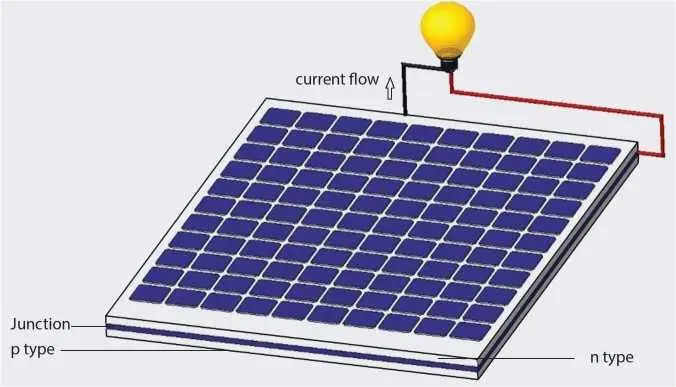
Figure 1.14 Schematic figure of photovoltaic module.
Читать дальше
